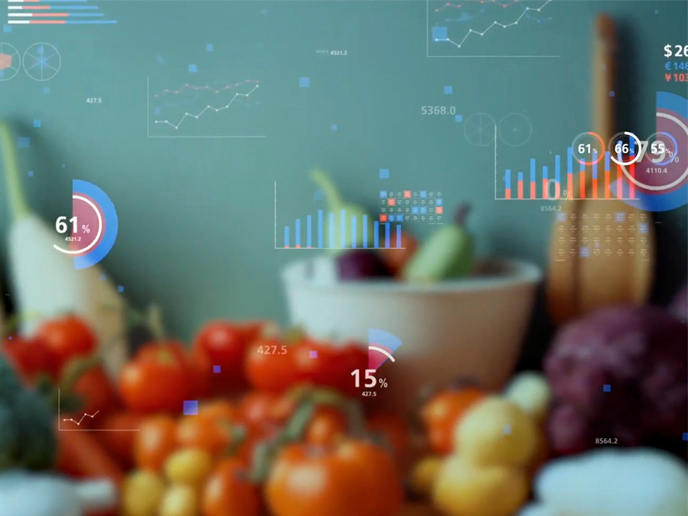Web-based information for businesses
With the emergence of Web 2.0 academic, business and social spheres are exchanging information and networking more than ever before. All users are putting their material online, be it professionally produced, academic, artistic or even personal, creating a tsunami of geospatial data. From technological studies to social trends, this information can be put to good use by small and medium-sized enterprises (SMEs). However, the relevant data must be efficiently assessed and processed, a task that could prove very challenging. Such information gathering could be enhanced however through Geospatial Web or Geoweb applications, which combine maps and pictures to connect users with other network locations and in novel ways. Against this backdrop, the EU-funded GEOSTREAM(opens in new window) (Exploiting User-Generated Geospatial Content Streams) project studied how to exploit the Geoweb phenomenon to the benefit of SMEs. Specifically, the project focused on developing smart data mining and fusion mechanisms for user-generated content, as well as tools that support the user to authorise such data. It also examined ways to publish the content and provide related services, such as through web and mobile applications. To achieve its aims the team outlined indicative use cases and identified data sources (e.g. Wikipedia, OpenStreetMap) from which user-generated geospatial content can be harvested and exploited. It also documented sites for photos, events and text messaging in order to retrieve relevant data. After the data collection process was completed, the project team formulated solutions to integrate and mine relevant information while removing duplicates and clustering entities by type, category and proximity. Additional work involved considering intellectual property rights issues, design of the authoring tools, and development of web/mobile computing frameworks. The project's results comprise algorithms, software tools and libraries under a complete framework for SMEs to exploit user-contributed geocontent. The project’s results will help users create faster spatio-textual content thanks to a new geocoding engine and a web application to annotate points of interest. The project has also yielded a mobile application that enables GEOSTREAM users to manage and create geospatial and multimedia content, in addition to sharing content with other users. Thanks to this initiative, the Web's power as an information gateway will be enhanced to make European SMEs more competitive in a global market.







